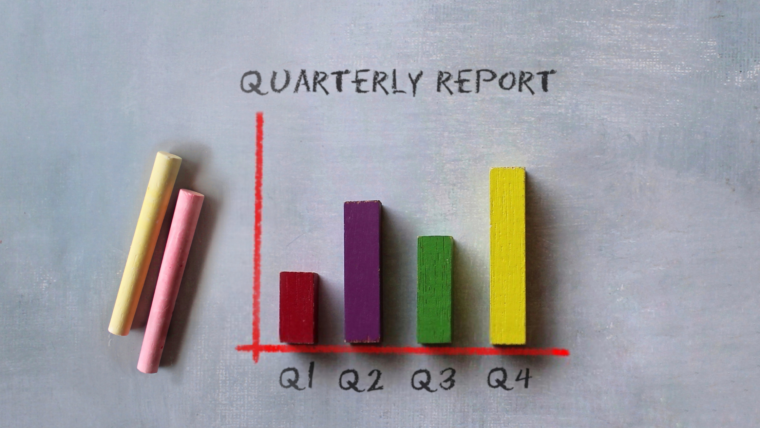
I work with many bankers and lawyers who call me when they have a customer or client whose company is in trouble or needs help improving their business. The initial assessment takes about a week. We review the companies’ internal controls and backroom systems. Then we look at the historical financial statements, the current forecast, relative cash flow drivers, and their profitability matrix. In the process, we discover the core areas of needed improvement – generally, the situations are related to inaccurate forecasting and inaccurate financial statements. 70% of business owners don’t have an accurate view of their numbers! Sometimes immediate triage is necessary.
Generally:
- The company is not consistently profitable.
- The books are in bad shape.
- The business owner needs to get a better viability on cash flow.
- The owner doesnt know what their company is really worth or how to improve valuation.
- Leadership is concerned with the company’s financial performance.
- Certain financial covenants were tripped.
- Internal processes are ineffective and needed improvement.
I remember one company specifically. Sometimes you can tell how a business is managed as soon as you walk in the door. I should have realized right away what I would be facing! The controller worked at a long table. Papers and invoices were in piles all over the table. You could feel (and see) the stress immediately.
During my initial conversation with the controller, it quickly became clear that the financial system (Peachtree at the time) wasn’t accurate. He was way behind getting invoices into the system and accounts reconciled. He was making decisions based on the bank balance vs. the book balance. He was manually tracking outstanding checks (with a stack of un-mailed checks) and was barely making payroll every week. On the day of my visit, he had just received his annual worker’s compensation audit invoice and had not planned at all for that $15,000 expense.
This is the way he ran the business. The odd thing was that he thought things were going okay! The phone was ringing, they were very busy and they were making payroll. But he was stressed out every week to make it. And when new inventory was needed, he had to scrape up enough money to get it – usually robbing Peter to pay Paul – which would catch up with him later. He left old accounts payable open with an “I’ll deal with that later” mentality.
This is not okay. To gauge a business’s performance you need timely and accurate financial information. Also, there’s a huge difference between accrual accounting and running the business on a cash basis. It’s important to understand the difference and know that many times, using cash-based thinking may be necessary – certainly, in dire situations, cash-based thinking is the only way to have a successful turnaround. See my previous discussions on the 13-Week Cash Flow forecast process. Before I go back to the story, let’s look at the business cycle.
The process starts with sales. If we follow the cash, sales turn into accounts receivable. Accounts Receivable turns into cash. Cash is used to purchase inventory, pay employees, pay operating expenses and taxes with the leftover being cash profit. Profit is necessary for viability.
The flow meters and gauges relate to accounts receivable, inventory, and accounts payable. Debt can be used as necessary but comes with a cost. ALL of these things need accurate tracking.
We had to establish some simple systems. Geno Wickman, the creator of the EOS, Entrepreneur Operating System, is an example of how this is done, and some of my clients are successfully using his system. His recommendations include:
- Review your financials every month.
- Manage a monthly expense budget.
- Track the five to 15 most critical numbers for your business every week (e.g. visitors, followers, leads, appointments, proposals, sales, revenue, errors, customer satisfaction, cash balance, accounts payable, accounts receivable.)
I would add to also review your cash flow and sales numbers weekly.
Back to the client’s story. We implemented several basics. First, we got the financial process in shape. It’s arduous at first getting messy books up to date and a solid closing process in place. But like the utility room flooding – you need to turn the hose off before you clean up the water. Once the financial system was up to date and accurate it was easier to run the business with the book cash balance vs. the bank balance.
We developed a 13-Week cash forecast, implementing a weekly update and review process.
We re-evaluated the inventory process, measuring the current state, developing plans to improve, and graphing progress.
We developed strategies to improve cash flow. We looked at customer terms and payment history, we examined and reduced inventory stocking levels, we looked at vendor terms and accounts payable terms. We developed tracking for these drivers and expense reductions.
It’s amazing the effect on cash these cash flow drivers can have. Let’s look at the accounts receivable gauge and the effect of proper strategy. In another client case, I worked with a medium-sized distributor. At the time they were doing $20,000,000 in revenue with $2,500,000 in accounts receivable. The aging was a mix of approximately 100 customers with various balances in the various aging buckets. Based on the math, the day’s sales outstanding (DSO) was 46 days. We worked with the credit manager and the sales team to improve the turnover. We measured and graphed DSO weekly. After two months we were able to reduce DSO to 38 days and in six months we were at 32 days.
Based on these actions, we added $722,000 of cash to the balance sheet – and in this case, reduced interest expense by $45,000.
Back to the original story: we saw a major turnaround in the company with more accurate and timely records helping the owner have a better handle on his cash flow and make better, informed decisions. And, as you can imagine, he experienced far less daily stress.
Does any of this sound familiar? Let me help you and YOUR company. We may not be able to add $722,000 to your balance sheet, but we can reduce your stress, forecast results better, and help you become more consistently profitable. Contact me today.










